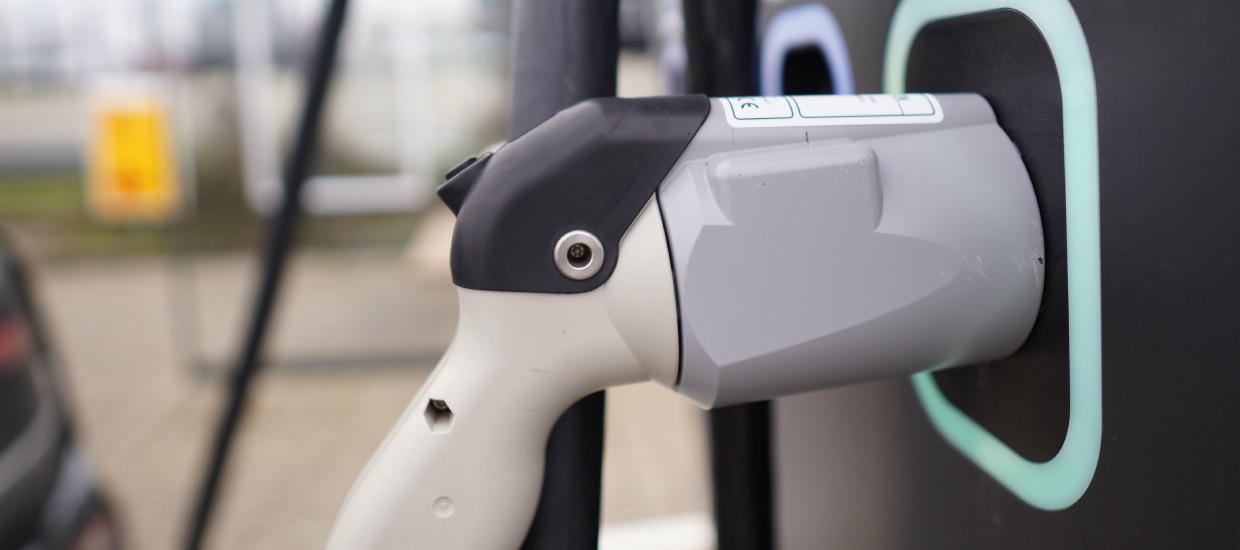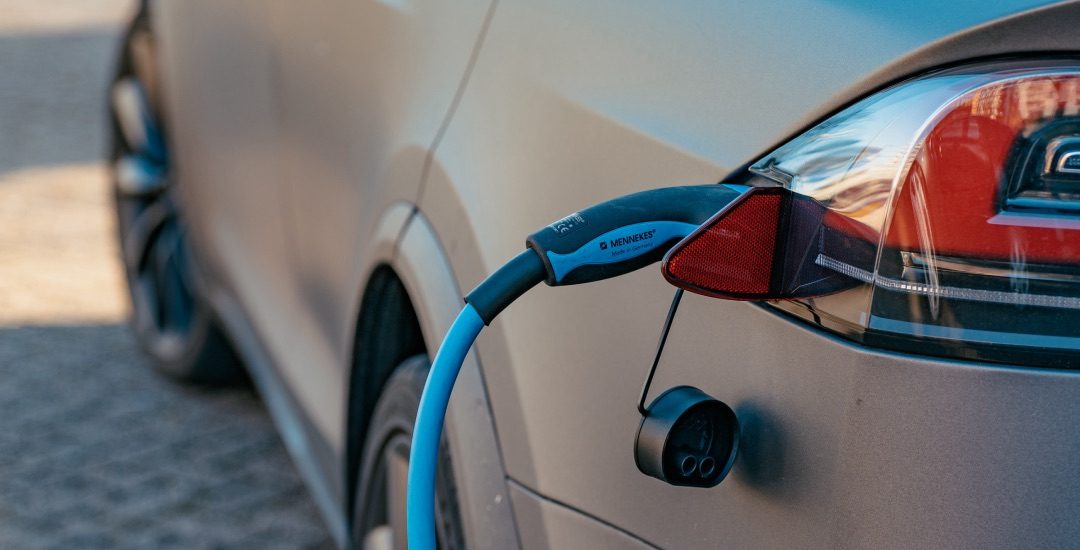In our fast-changing world, electric vehicles (EVs) are becoming the norm, promising a cleaner and greener future. But how do we power these EVs at home in the most efficient way?
That’s where the future of Home EV Charging comes in. In this article, we’ll explore the exciting new technologies and trends shaping how we charge our EVs at home. From wireless charging to smart solutions and renewable energy integration, join us on a journey into the future of eco-friendly transportation right from your home.
The Current State of Home EV Charging
In simple terms, Home EV Charging is the process of recharging your electric car at your house. Right now, it’s a bit like your smartphone. You plug it in when the battery is low, and it charges up. But there’s more to it.
- Charging Speed: Home charging can be slow or fast. Slow charging is like a regular wall plug; it takes a while. Fast charging uses a special charger, cutting down the time significantly.
- Types of Chargers: There are two main types of home chargers – Level 1 (slow) and Level 2 (fast). Most homes use Level 2 chargers for quicker charging.
- Costs: Installing a Level 2 charger at home can cost a few hundred dollars, but many governments offer incentives to lower the cost.
- Convenience: The best part of home charging is convenience. You plug in your car overnight, and it’s ready to roll in the morning. No more gas stations!
- Range: The range of electric cars depends on the model. Some can go more than 300 miles on a single charge, while others have a shorter range.
Overall, Home EV Charging is becoming more accessible and convenient, with faster charging options. It’s like having your personal fuel station at home, making electric cars a practical choice for daily use.
Wireless Charging for Electric Vehicles (EVs)
Instead of using a physical cord, wireless charging relies on something called electromagnetic fields. Your EV has a special pad underneath it, which is like a receiver. When you park your car over a wireless charger, the charger sends out these magic waves.
The receiver pad in your EV picks up these waves and converts them into electricity to charge your car’s battery. It’s a bit like how your phone charges wirelessly on a charging pad.
The best part is that you don’t need to be super precise when parking your EV over the charger – it’s quite forgiving. Just park, and it starts charging automatically.
Wireless charging is getting more popular, and you might see it at home or in public charging spots. It’s making the charging process more user-friendly and, over time, might even become as common as Wi-Fi for our EVs. It’s a step toward a more convenient and cable-free future for electric vehicles.
Smart Charging Solutions for Electric Vehicles (EVs)
Smart charging solutions are like superchargers for your electric vehicle (EV). They make your charging experience not only easy but also efficient. Here’s what you need to know in simple terms:
- Plug and Play: Smart chargers are easy to install. You just need a dedicated power outlet, and you’re good to go.
- Speedy Charging: These chargers are like the Usain Bolt of charging. They juice up your EV faster, so you can hit the road sooner.
- Scheduling: Imagine scheduling your charger, “Charge my car at midnight when electricity is cheaper.” Smart chargers can do that. They follow your schedule.
- Money Saver: Since they can schedule charging during off-peak hours, you save money on your electricity bill.
- App Control: Most smart chargers have smartphone apps. You can start, stop, or check your charging status with a few taps on your phone.
- Energy Management: Smart chargers help balance the load on the power grid, making electricity distribution more efficient.
- Environmentally Friendly: They can even charge your EV when more renewable energy, like wind or solar power, is available.
In a nutshell, smart charging solutions are the future of EV charging. They are easy to use, save you money, and are kind to the environment. Get one for your EV and enjoy the smart way of charging!
Advancements in Battery Technology
Battery technology has come a long way, making electric vehicles (EVs) more practical and efficient. The latest advancements focus on creating batteries that charge faster and last longer.
One exciting development is fast-charging technology because your EV’s battery is filling up as quickly as you fill up your gas tank in just a matter of minutes. This technology is becoming a reality, making EVs even more convenient for everyday use.
Moreover, there are improvements in battery longevity. Modern batteries have a longer lifespan, meaning they won’t need replacement as often. It not only saves you money but is also better for the environment.
In a nutshell, these battery advancements are driving the future of EVs, making them more accessible and sustainable.
Electric Vehicle Growth and Its Impact on Home Charging
The growth of electric vehicles (EVs) is impacting home charging in several steps:
- Increased EV Adoption: More people are choosing electric cars due to their eco-friendliness and savings on fuel costs.
- Need for Home Charging: EV owners need a reliable place to charge their vehicles, which often means installing a charging station at home.
- Charging Infrastructure: To accommodate the growing number of EVs, homes and communities are improving their charging infrastructure.
- Energy Demand: Charging an EV at home requires more electricity. Homes must adapt by upgrading their electrical systems to handle this demand.
- Eco-Friendly Transition: Home charging often involves renewable energy sources like solar panels, promoting a greener, more sustainable lifestyle.
As EVs become more common, the need for accessible and efficient home charging solutions continues to grow.
Environmental Benefits of Home EV Charging
Home EV Charging not only makes life easier for electric vehicle owners but also helps the environment in significant ways. Here’s how in simple steps:
1. Reduced Air Pollution
Charging your EV at home means less reliance on fossil fuels, which decreases harmful emissions like carbon dioxide and nitrogen oxides. Cleaner air benefits everyone’s health.
2. Less Noise Pollution
Electric vehicles are quieter than traditional cars, so charging at home reduces overall noise pollution in your neighborhood.
3. Preserving Natural Resources
By using electricity, we preserve precious natural resources like oil and gas, which are non-renewable and take millions of years to form.
4. Encouraging Renewable Energy Use
Home charging can be powered by renewable sources like solar or wind energy, reducing dependence on non-renewable fossil fuels.
5. Conserving Water
Unlike traditional vehicles, EVs don’t need water for cooling. By using less water, we conserve this vital resource.
6. Supporting Green Technologies
Home EV charging encourages the development of clean, sustainable technologies, paving the way for a greener future.
By opting for home EV charging, you’re actively contributing to a cleaner environment, one charge at a time.
Conclusion
In conclusion, the future of Home EV Charging is an exciting journey towards cleaner, smarter, and more sustainable transportation. As we embrace emerging technologies like wireless charging and smart solutions, we’re making it easier than ever to power our electric vehicles at home.
The integration of renewable energy sources not only reduces our carbon footprint but also paves the way for a greener world. With government incentives and a growing electric vehicle market, the path is clear – home EV charging is key to a cleaner, brighter future for us and our planet.


